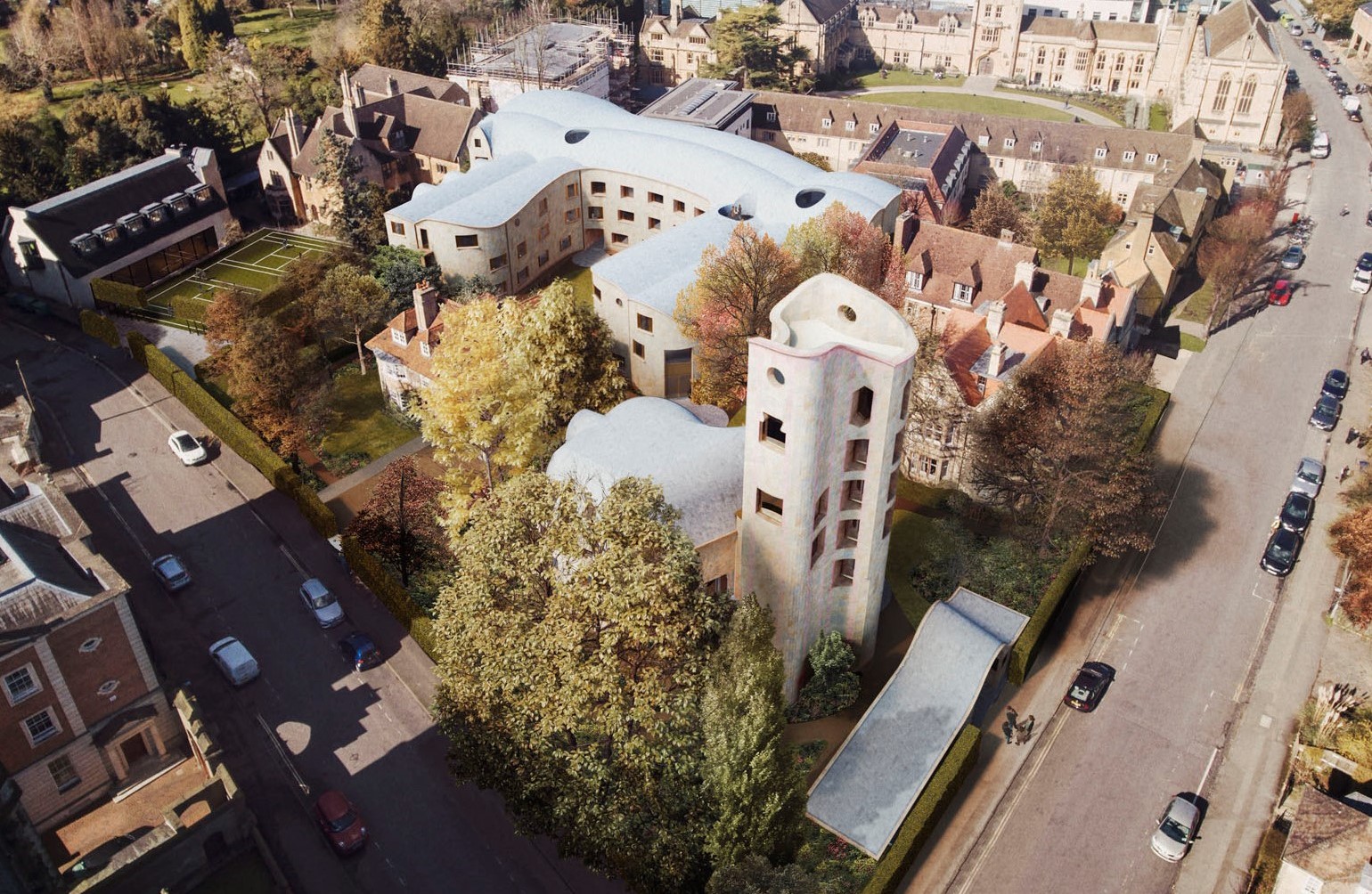Archaeology of Gradel Quadrangles
Ahead of the opening ceremony on 13 April, we look back at the excavation of the Gradel Quadrangles and how archaeologists from MOLA (Museum of London Archaeology) uncovered the fascinating story of the site covering over 4000 years from prehistoric landscapes to siege and civil war.
Late Neolithic and Bronze Age
In the late Neolithic and Bronze Age (c. 2500-800 BC), MOLA found that the site did not have permanent settlers. Flakes of flint and small stone tools showed them that settlers passed through the area seasonally.
Late Iron Age and Roman
It was only during the late Iron Age (c. 100 BC-43 AD) and Roman period (43 AD-410 AD) that MOLA found the first long-term settlement on the Quadrangles site. The Oxford area was a centre of pottery production in the Roman period and archaeologists found a kiln which was built in the later Roman period.
MOLA archaeologists were especially surprised to find a burial containing the remains of two individuals which dated to the late Roman period by Carbon 14 analysis. A coin from the late Roman period depicting Constantine the Great was also discovered - analysis indicated that it was minted in 323-324 AD.
Early Medieval
Activity from the early medieval period was found at the excavation for the Gradel Quadrangles too. A bank of turf from 835-985 AD was built over the Roman settlement which may have been a defensive rampart from when Oxford was first founded as a town in the late Saxon period.
English Civil War
This bank was incorporated into a large rampart in 1642-43 and formed part of the defences around Oxford which was a Royalist capital during the English Civil War.

